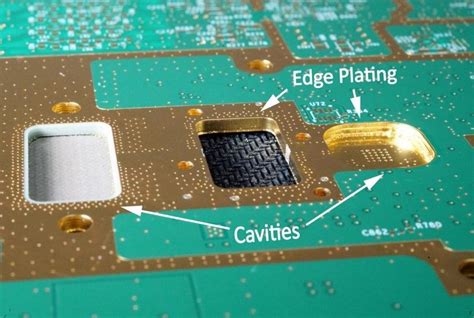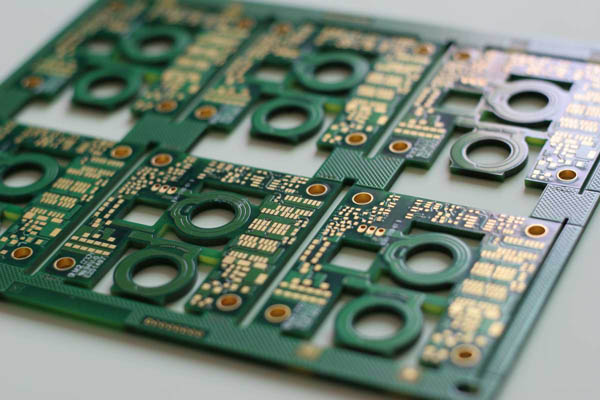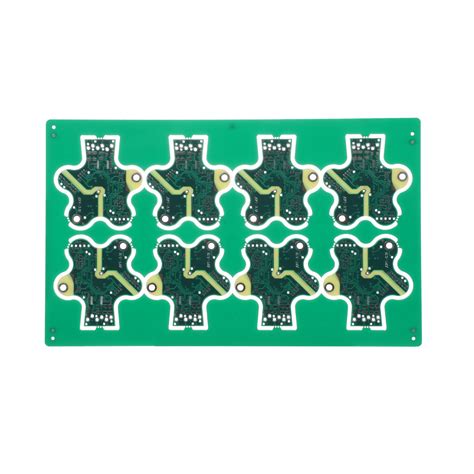How to detect PCB board faults quickly
Making PCB boards is not as simple as following the process to make the board, drilling a hole and putting in components. The production of PCB is not difficult, but the difficulty lies in the troubleshooting after the production is completed. Whether it is a personal enthusiast or an industry engineer, it is quite a headache for PCB circuit boards to encounter problems when debugging, just like programmers encountering bugs.
Some people have a strong interest in debugging PCB circuit boards, just like programmers solving bugs.
There are many common PCB circuit board problems. In addition to circuit board design, damage to electronic components, short circuits, quality of components, and PCB circuit board disconnection failures are not rare.
Common PCB circuit board failures are mainly concentrated on components, such as capacitors, resistors, inductors, diodes, triodes, field effect transistors, etc., and obvious damage to integrated chips and crystal oscillators. The more intuitive way to judge the failure of these components is to observe them with your eyes. There are obvious burn marks on the surface of electronic components that are obviously damaged. For such failures, simply replacing the problematic components with new ones can solve them.

Of course, not all electronic component damage can be observed with the naked eye.
For example, the resistors, capacitors, diodes, etc. mentioned above cannot be seen from the surface in some cases. They need to be repaired with the help of professional inspection tools. Common inspection tools include: multimeter, capacitance meter, etc. If the voltage or current of a certain electronic component is not within the normal range, it means that there is a problem with the component or the previous component. Replace it directly and check whether it is normal.
If the component is broken, it can be detected whether it is observed with the eyes or detected with instruments.
However, sometimes when we put components on the PCB board, we will encounter a situation where no problem can be detected, but the circuit board cannot work normally. Many novices have no choice but to make a new board or buy one. In fact, in this case, many times the performance of the components may be unstable during the installation process due to the coordination of the components.
In this case, the instrument can no longer help. You can try to judge the possible range of the fault based on the current and voltage, and try to narrow it down. Experienced engineers may be able to quickly determine the fault area, but they cannot be 100% sure which specific component is broken. The only way is to try to replace the suspicious components until the faulty components are found. Last year, my laptop motherboard was flooded. When I was repairing it for the master, I also encountered the problem of not being able to detect the fault. During the repair process, the components were replaced three times, namely the power supply chip, the diode, and the USB charging component (the one with the blue laptop socket, which can charge the device when the laptop is turned off). Finally, after a wave of detection and investigation to replace the suspicious chips, it was finally determined that a component on the side of the south bridge chip was short-circuited.
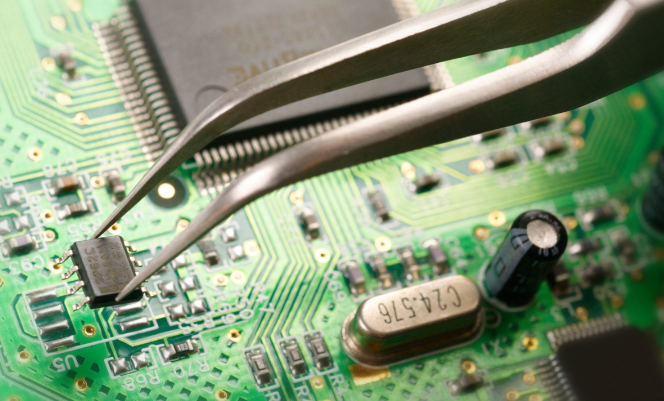
The above are actually all problems with electronic components.
Of course, since the PCB circuit board is the foothold of the components, the circuit board failure must also exist. The simplest example is the dead tin-plated part. Due to the manufacturing process, there may be a broken line problem during the PCB corrosion process. In this case, if the line cannot be repaired, it can only be solved with a thin copper wire flying line.
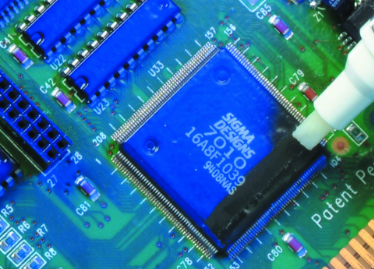
If the PCB circuit board failure is not obviously damaged, it is indeed very troublesome to check. In the process of troubleshooting, there will be a spirit of concentration, and after finding the problem, there will be an inexplicable sense of accomplishment. Programmers solve bugs with this kind of mood. I often like to troubleshoot some difficult-to-repair boards. I think it is a kind of fun.

